KANSAS CITY — Buns have long been a vessel for many popular foods. They are portable, accessible and easily paired with hot dogs, hamburgers and sandwiches. But a sizable percentage of sales occurs on seasonal waves. There is always a spike as summer holidays approach, and many companies depend on those sales bumps. However, in today’s market, buns face some stiff headwinds.
Premiumization and ethnic influences are changing the way consumers see sandwiches. No longer do they have to use a bun or roll; ingredients may be wrapped or stuffed into a pita pocket. Buns must also compete with perceived healthier alternatives with reduced carbohydrates and other nutritional benefits. These factors have created an uncertain market for bun producers over the past two years, according to Wade Henson, principal with Technomic. Mr. Henson cited three factors driving the bun market: flat sales at quick-service restaurants lead many leading chains to implement cost control measures; the introduction of “healthier” bun alternatives challenging traditional products’ previous growth; and the success of select sweeter or spicier buns appealing to consumers’ cravings for new flavor profiles.
Reaching consumers with shifting tastes may require bakers to make some slight adjustments to capitalize on current trends.
For example, ACE Bakery, a Weston Foods brand, recently created a strategy to producing buns that appeals to the changing market.
“The expansion of globally influenced foods is elevating the bun industry and providing a different perspective on the everyday bun,” said Nicole Pekerman, director of marking for Weston Foods. “There has been an influx of street food culture, creating a desire for portable sandwiches with different globally inspired flavors.”
Banking on better-for-you
During the past year, sales figures for rolls and hamburger and hot dog buns have remained flat, and unit sales for this category have decreased slightly, according to data from I.R.I., a Chicago-based market research firm.
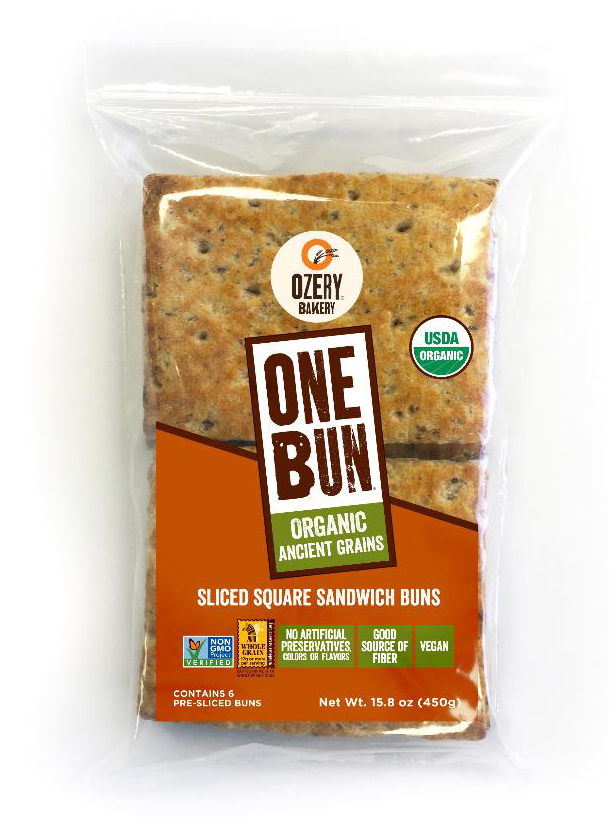 Dollar sales for all fresh rolls, bun and croissants increased just 1% to $2.2 billion for the 52 weeks ending Feb. 25, 2018, I.R.I. said. Hot dog and hamburger buns, however, dropped 1.2% to $1.9 billion. These sales numbers may be influenced by the fact that people are eating out more today than in the past. But the numbers may also be affected by consumers considering alternatives to traditional buns.
Dollar sales for all fresh rolls, bun and croissants increased just 1% to $2.2 billion for the 52 weeks ending Feb. 25, 2018, I.R.I. said. Hot dog and hamburger buns, however, dropped 1.2% to $1.9 billion. These sales numbers may be influenced by the fact that people are eating out more today than in the past. But the numbers may also be affected by consumers considering alternatives to traditional buns.
There may be ways for bun producers to capitalize on these trends to keep sales numbers from plateauing or dropping. Adding value to buns through nutrition or better-for-you claims may differentiate products in the bread aisle.
Ozery Bakery, Inc., for example, recently introduced thin-sliced square sandwich buns, which are retailed under the Ozery Bakery One Bun brand and available in Organic Ancient Grains and Organic Multi Seed varieties. The product claims to be vegan, high in whole grains and fiber and free from G.M.O. ingredients, artificial preservatives, colors and flavors. One serving contains 190 calories, 36 grams of carbohydrates and 7 grams of protein.
“We saw a void in the marketplace, which was saturated with unhealthy, calorie-dense buns, so we created a heart-healthy, pre-sliced thin bun made with 100% whole grains,” said Guy Ozery, co-owner of Vaughan, Ontario-based Ozery Bakery. “The product is so versatile that a consumer can create different options throughout the day from avocado toast to burgers or pizza to something as simple as a ham sandwich.”
Modifying the marketing
Consumer tastes, the time of year and restaurant trends all influence how people buy buns in a retail setting. Bun season, which traditionally runs Memorial Day through Labor Day and includes holidays like the Fourth of July, is right around the corner. This time of year is affectionately known as “backyard season,” Ms. Pekerman said, and it is crucial for bun sales.
“You can see sales spike up to three times or more during these seasonal periods versus the rest of the year,” she said.
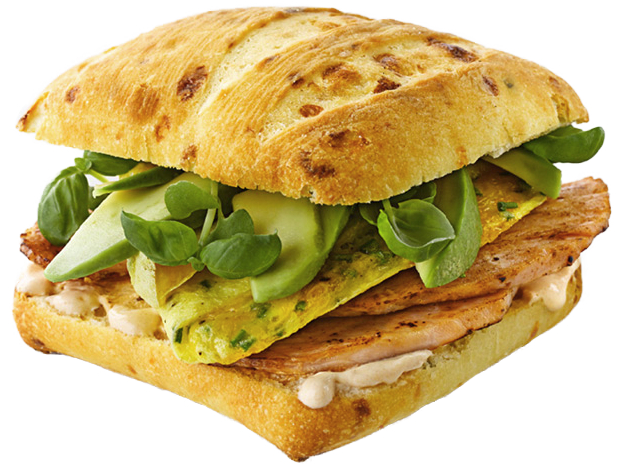 Competition to attract consumers during this time of year is intense, and bun producers must look for ways to stand out. ACE Bakery offers a line of buns including a classic burger bun and a cheddar ciabatta bun that are available year-round. The company also releases its seasonal sesame buns and classic sausage buns in anticipation of bun season. This year, ACE is launching a brioche bun made with real butter and eggs as a way for people to elevate their burger experience at home.
Competition to attract consumers during this time of year is intense, and bun producers must look for ways to stand out. ACE Bakery offers a line of buns including a classic burger bun and a cheddar ciabatta bun that are available year-round. The company also releases its seasonal sesame buns and classic sausage buns in anticipation of bun season. This year, ACE is launching a brioche bun made with real butter and eggs as a way for people to elevate their burger experience at home.
“We want to ensure that our buns don’t get lost on shelves, so displaying them visibly within the store or alongside key adjacencies such as burgers or condiments is important,” Ms. Pekerman said.
Flowers Foods, Inc. sees a big spike in sales of hot dog and hamburger buns this time of year, said Brent Bradshaw, senior vice-president of fresh packaged bread for Flowers.
“We prepare by making sure our bakery teams are ready to ramp up bun production and by working closely with our retail customers and independent distributor partners to ensure consumer demand is being met,” Mr. Bradshaw said.
Flowers Foods uses a multilevel marketing approach to promote the company’s brands online and through traditional advertising, Mr. Bradshaw said, in addition to promotional tie-ins, in-store displays and more. For example, Wonder Bread’s “Camo for the Cause” campaign began in April, and each bag of Wonder Classic hamburger and hot dog buns features a camouflage packaging design in patriotic support of the U.S. military.
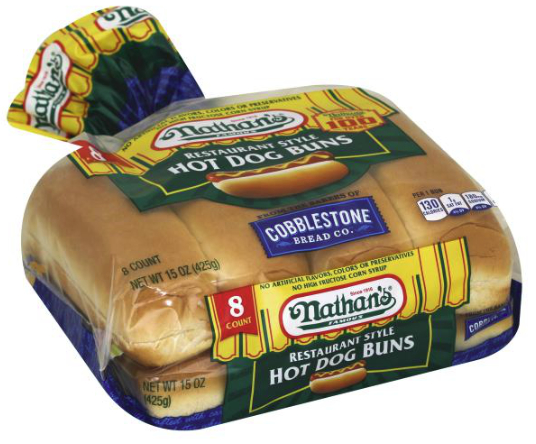 In addition, Cobblestone Bread Co., another Flowers Foods brand, teamed up with Nathan’s Famous, Inc. to launch restaurant-style hot dog buns with no high-fructose corn syrup or artificial flavors, colors, or preservatives.
In addition, Cobblestone Bread Co., another Flowers Foods brand, teamed up with Nathan’s Famous, Inc. to launch restaurant-style hot dog buns with no high-fructose corn syrup or artificial flavors, colors, or preservatives.
“While our retail partners are always looking to grow the bread aisle, the Nathan’s Famous Hot Dog bun encourages sales in not only the bread aisle but also the meat department for Nathan’s Famous Franks,” said Sherry Harper, Cobblestone Bread Co. brand manager for Flowers Foods.
Sales growth has been challenging in recent years for buns as consumers look to kick carbohydrates, said Matt Lally, associate director of Nielsen’s Fresh Practice.
“There’s no doubt that carb-conscious consumers are taking note of what they purchase, with products claiming low carb experiencing 5% dollar growth in 2017,” he said.
To bring people back to buns, one option is leveraging the natural connections of products in merchandising and retail layout.
“They should merchandise or promote in one spot all of the ingredients for a summer barbecue with buns, condiments, chips, beverages and the meat,” Mr. Lally said.
Promoting premium
Consumers are increasingly health-conscious in all their food choices, and buns are no exception, said Brian Miller, president and owner of Miller Baking Co.
“They want products made with clean, high-quality ingredients,” Mr. Miller said. “Premium burgers — focusing on ingredients like grass-fed beef, heirloom tomatoes and the like — have translated into demand for similarly high-quality buns at retail.”
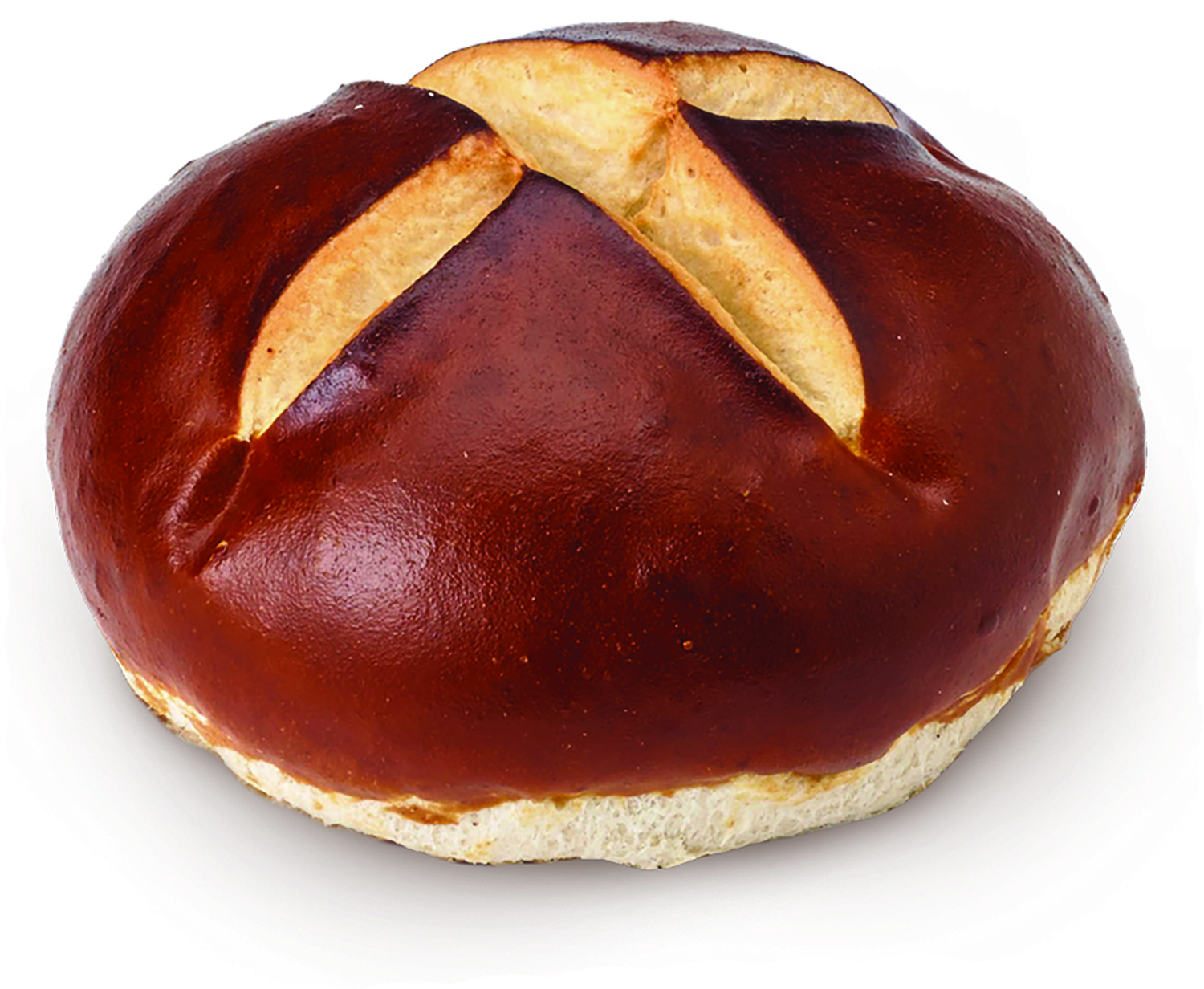 Organic buns accounted for only 0.1% of bun sales over the past year, according to Nielsen. Meanwhile, sales of organic ground beef and hot dogs surpassed $150 million in 2017 after 16% growth year-over-year.
Organic buns accounted for only 0.1% of bun sales over the past year, according to Nielsen. Meanwhile, sales of organic ground beef and hot dogs surpassed $150 million in 2017 after 16% growth year-over-year.
“Pairing these two together could offer an opportunity for incremental sales with the organic buyer,” Mr. Lally said.
Ozery Bakery’s One Bun offers a Non-GMO Project verified claim, among others. However, quality taste, texture and appearance remain a priority.
“It starts with our ingredients," Mr. Ozery said. "Every one is handpicked and taste-tested by the Ozery Bakery team with the belief that great ingredients are the foundation of great flavors. We take that extra effort on all our products to ensure when someone bites into our baked goods, it’s the best-tasting product possible.”
The bun is the first thing that conveys the quality of a product to a consumer at the food service level, and they’re looking to recreate that experience at home. Cobblestone Bread Co. offers a line of premium quality buns and rolls, including Toasted Onion Rolls, Sesame Twist Hamburger Rolls and Corn Dusted Kaiser Rolls.
“With Cobblestone Bread Co., we’ve been adding surprising touches that give a premium feel to our buns and rolls like special toppings of sesame seeds, onions and cornmeal or special cuts, like Kaiser or twists,” Ms. Harper said.
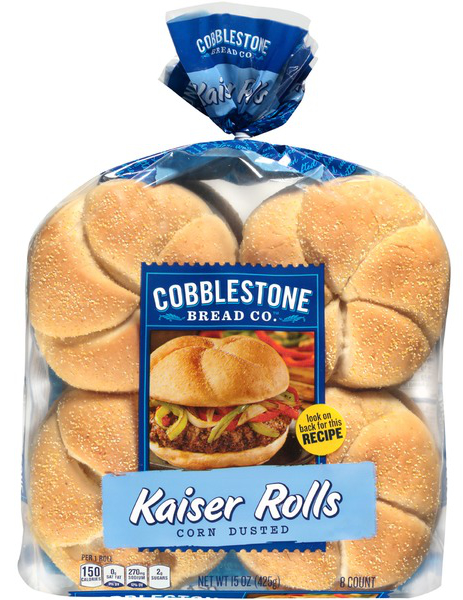 It is also critical to know that consumers seek these premium options. Younger and older consumers have different interests in buns at the food service and retail levels, according to Technomic’s 2017 Burger Consumer Trend Report. Thirty-seven per cent of consumers over the age of 35 indicated an interest in ordering Kaiser rolls compared to only 20% of those between the ages of 18 and 34. On the other hand, by a margin of 28% to 23%, younger consumers would consider ordering a pretzel bun.
It is also critical to know that consumers seek these premium options. Younger and older consumers have different interests in buns at the food service and retail levels, according to Technomic’s 2017 Burger Consumer Trend Report. Thirty-seven per cent of consumers over the age of 35 indicated an interest in ordering Kaiser rolls compared to only 20% of those between the ages of 18 and 34. On the other hand, by a margin of 28% to 23%, younger consumers would consider ordering a pretzel bun.
“The younger demographic is also more likely to have a few varieties of buns in the household,” Ms. Pekerman said.
Pretzel buns have been on food service menus for a few years, and now they are reaching the bread aisles. Miller Baking Co. offers a 4-pack of Pretzilla Burger Buns that are kosher, vegan and clean label. Communicating these attributes is key as consumers seek alternatives with health benefits. Even traditional buns can take advantage of this by increasing the visibility of their claims to promote the product’s premium quality.
The clean label trend and growing consumer desire for natural ingredients have resulted in brands developing labels that clearly state ingredients and nutritional information alongside evidence-led health claims, according to GlobalData. This marketing should capture the attention of the 75% of U.S. consumers who say they pay medium (37%), high (25%) or very high (13%) amounts of attention to claims on food/drink packaging, according to GlobalData’s 2015 global consumer survey.
Bimbo Bakeries USA recently expanded its Alfaro’s Artesano brand to include bakery rolls that contain no high-fructose corn syrup and no artificial flavors or colors. Additionally, the rolls are promoted to have a soft texture and rich flavor.
Brioche buns remain popular in food service, according to Mr. Henson, and that is transitioning over to the bread aisle and store perimeter. A significant percentage of all sandwiches and burgers introduced as limited-time offers in late 2017 were made with brioche buns, Mr. Henson said. Some recent developments featured additional flavors like the jalapeño cheddar brioche bun from PJ Whelihans, an East Coast restaurant chain.




